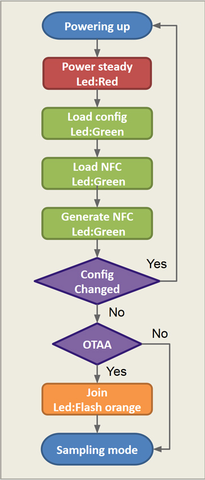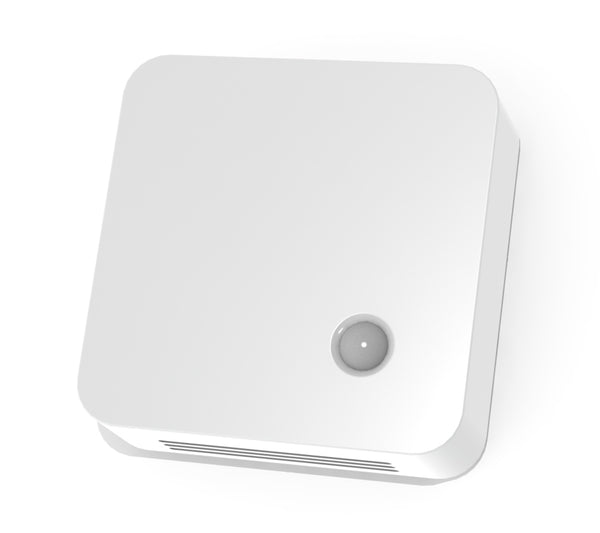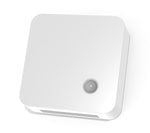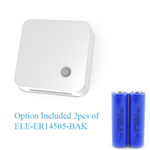You have no items in your shopping cart.
0item(s)
You have no items in your shopping cart.
You have no items in your shopping cart.
You have no items in your shopping cart.
ERS CO2 has the capability of measuring everything regarding the indoor environment. You will have full control over the air quality, temperature, light, and humidity for either homes or workplaces. It also detects motion with a passive infrared camera and is our most powerful indoor climate sensor. This is a smart and professional LoRaWAN® device and very easy to configure. Its design is minimalistic which makes it ideal for mounting on walls in offices or in homes.
ERS CO2 is one of the device to help to control the air quality during this COVID moment. The device equipped with Traffic Light LED feature which by default setting under 800ppm report in Green light, and between 800ppm to 1200ppm in Yello light, and over 1200ppm in RED light. Customer could use it to link up with the BMS system and control the air flow in the room. It is best suitable for the office, school, colleague, hospital etc, for those area have many people access and required a good ventilation to keep away the virus.
ERS- CO2 sensor is self managed and able to calibrate manually per year or using their internal ABC calibration system whic will be auto calibrated the devices if there is regular time to open a window to keep fresh area go into the room.
The Battery life is estimated to be up to 10 years but depends on sample interval, transmit interval, data rate and environmental factors. You are welcome to use our online battery lifetime calculator. All Elsys sensors are equipped with NFC (Near Field Communication) for easy configuration with an Android phone and Iphone. With our application “Sensor Settings“, you can change sample rate, data rate, encryption keys, triggers, activation and much more. All parameters can also be changed over the air from the server. All our sensors are built on the LoRaWAN™ stack from Semtech. Channel plans for US902-928, EU863-870, AS923, AU915-928, KR920-923.
Applications:
When the sensor starts up it loads configuration from the internal memory and merge it with user configuration. When the configuration is done the sensor writes the new configuration to the NFC chip. The sensor always writes new configurations to the NFC chip when something changes in the sensor or if NFC data is corrupted by a NFC writer or phone. The sensor always writes new configuration to NFC chip at startup. When configuration is done the sensor tries to join the network if OTAA (Over The Air Activation) is enabled.The sensor led flashes orange when it tries to join a network. The sensor tries to join the network every 10 second and increases the join timer at every failed attempt by 10%, up to maximum 1 hour. After startup,configuration and join the sensor enters sampling mode.

When reading or writing NFC data to the sensor, it starts a timer and delays its actions for 5 seconds. This delay is for the possible bad connection inherited with NFC communication. Reasons for bad connection can be distance, location or rapid movement. After the delay, the sensor determines if the NFC data has changed or not. If the data has change the sensor reboots and starts from power up. When writing data to the sensor, try to get the best connectivity as possible. Locate the NFC antenna of the phone and sensor. Keep the 2 devices as close as possible and don’t move them while writing or reading. When you have written data to the sensor, let the sensor reboot and restart before trying to write again. You can always validate your settings by reading the NFC data after the sensor has restarted.


Datasheet: ERS-CO2 Datasheet.pdf
User Guide: ERS-CO2 User Guide.pdf
Setting Parameter: ERS Setting Parameter.pdf
PayLoad: Uplink Payload.pdf
Downlink PayLoad: Downlink Payload.pdf

| Product | Price | Quantity | Options | |||||
|---|---|---|---|---|---|---|---|---|
| Features |
| Availability: |
| Price |
| Options |
| Actions |



